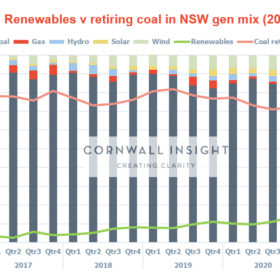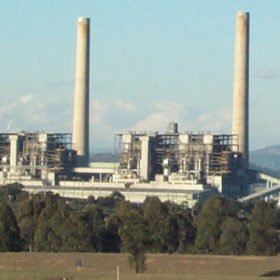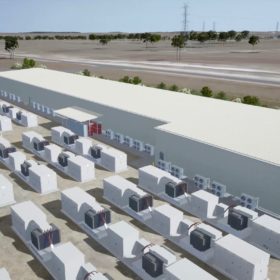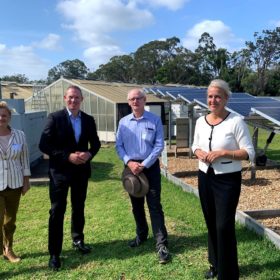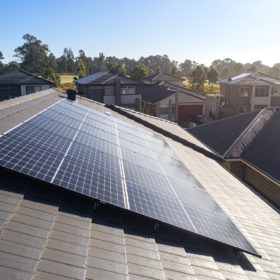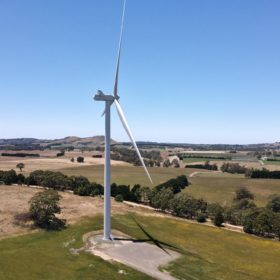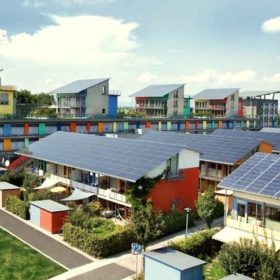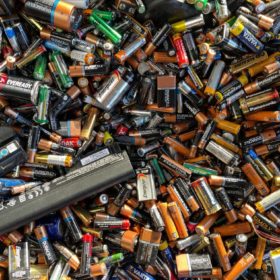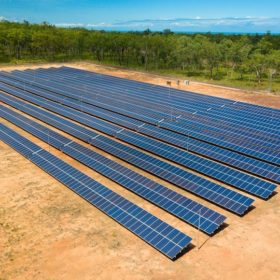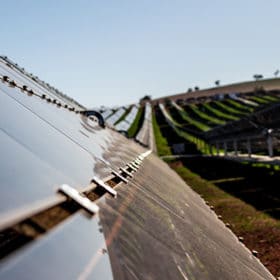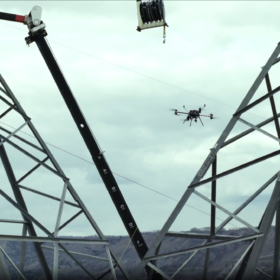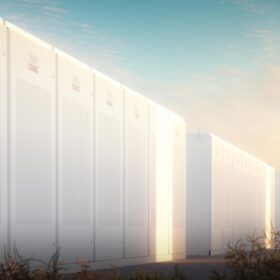Energy is neither created nor destroyed; it just transitions
Last November, the NSW government announced its Electricity Infrastructure Roadmap which is expected to attract up to $32 billion in private investment for renewable energy infrastructure by 2030. The Roadmap aims to unlock 12GW of new renewable energy capacity from selected Renewable Energy Zones (REZs) with an additional 2GW in storage. Last month, the state government progressed its plans as it opened consultations on “specific urgent and mechanical policy details” on regulations needed to implement the Roadmap.
AGL pushes ahead with renewable energy plans for Liddell site
Australia’s largest energy retailer AGL is forging ahead with its strategy to convert the 1,680 MW Liddell Power Station site into a renewable energy hub, announcing on Friday it has commenced transition planning in preparation for the ageing coal-fired power plant’s closure in 2022-2023.
Taylor announces $30 million funding for Territory infrastructure initiatives
The proposed 35 MW Darwin big battery has received a major financial boost with the Federal Government announcing it will provide $15 million for the project as part of a $30 million funding injection for electricity infrastructure initiatives in the Northern Territory.
“Queenslander!” – Sunshine State likely to oppose AEMC solar export charge
Queensland is likely to join Victoria in dissension on the Australian Energy Market Commission’s draft determination which is being called a tax on solar. The Queensland Energy Minister, Mick de Brenni, has criticised the plan. Could this be the domino which brings the other states and territories falling into place against a rule change?
Australian solar also rises, new AEC report shows Australians going big on PV
The Australian Energy Council’s quarterly Solar Report points to something getting bigger in the solar industry that isn’t just the larger format modules. What’s getting bigger is the average size of solar systems Australians are installing on their homes and small businesses.
Bowen blasts decision after Government backtracks on wind farm funding
The Opposition has blasted the Federal Government after it was revealed a cabinet minister had used extraordinary powers to veto public funding approved for the $380 million Kaban green energy hub in North Queensland, declaring it was inconsistent with the government’s goals and policies.
Vic Solar cops $3 million fine after thousands targeted with ‘predatory’ tactics
A Victorian solar PV company which swindled thousands of customers out of millions of dollars has been fined a massive $3 million while its sole director has been slapped with a $450,000 penalty and disqualified from being a director of any company for five years.
$3.1 billion recycling opportunity emerges as batteries boom
Australia’s national science agency has identified a potential $3.1 billion industry that is there for the taking with the increasing penetration of renewables in grids nationwide sparking substantial growth in the battery energy storage sector.
Northern Territory targets renewable energy schemes with budget spending
While Treasurer Josh Frydenberg is putting the finishing touches on the Federal Budget, the Northern Territory Government has already rolled out its 2021-22 Budget and solar PV and battery storage are among its spending priorities with an extra $4.8 million invested in existing renewable energy schemes.
New England Solar says end in sight for Australian asset sale
Solar infrastructure business New Energy Solar remains committed to offloading its Australian assets, confirming the sale of its 87 MW Beryl and 47 MW Manildra solar farms in central west New South Wales is “progressing well”.
